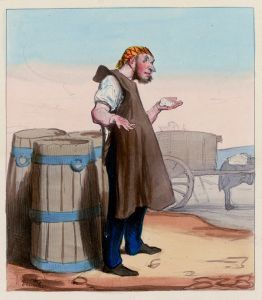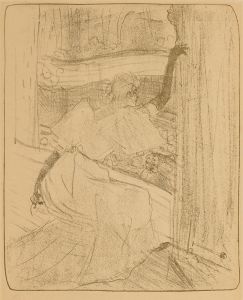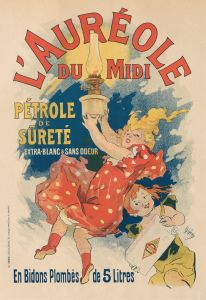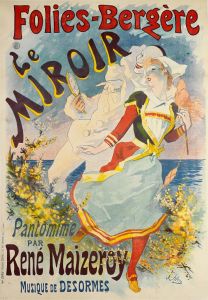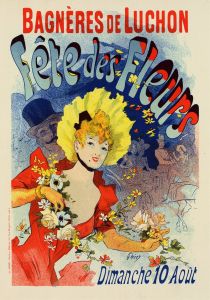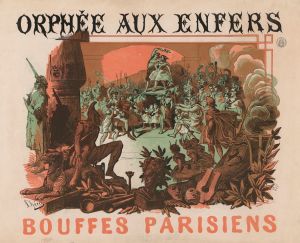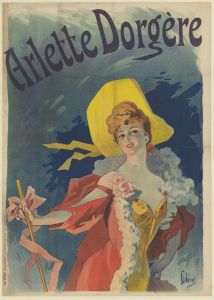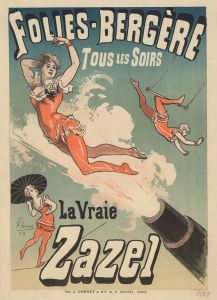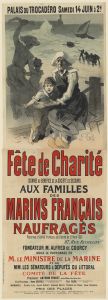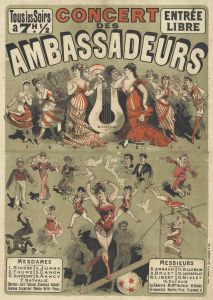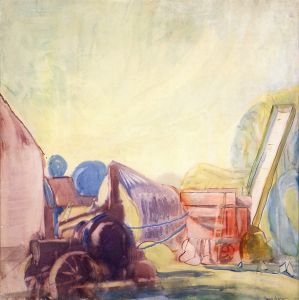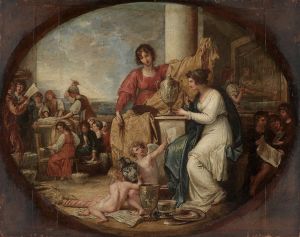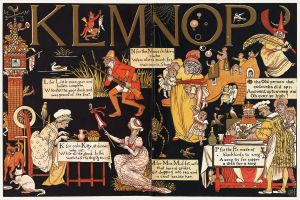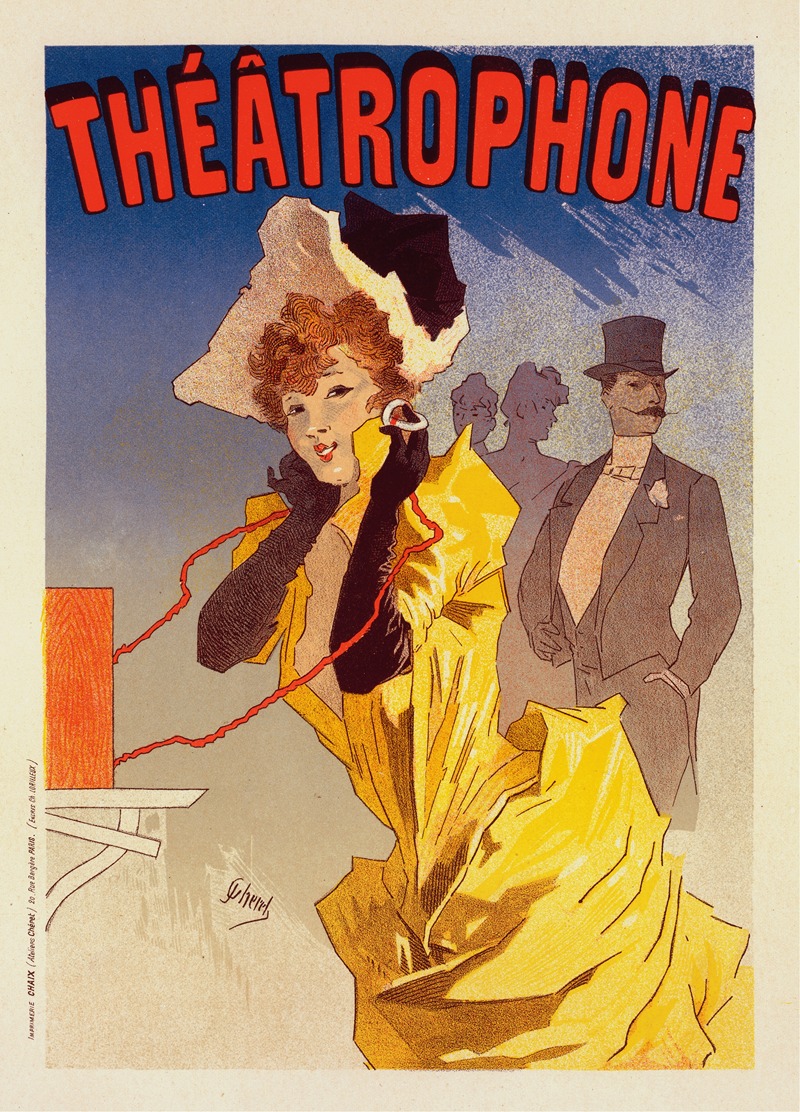
Théâtrophone
A hand-painted replica of Jules Chéret’s masterpiece Théâtrophone, meticulously crafted by professional artists to capture the true essence of the original. Each piece is created with museum-quality canvas and rare mineral pigments, carefully painted by experienced artists with delicate brushstrokes and rich, layered colors to perfectly recreate the texture of the original artwork. Unlike machine-printed reproductions, this hand-painted version brings the painting to life, infused with the artist’s emotions and skill in every stroke. Whether for personal collection or home decoration, it instantly elevates the artistic atmosphere of any space.
Théâtrophone by Jules Chéret is a notable artwork created by the French painter and lithographer Jules Chéret. Chéret, often referred to as the "father of the modern poster," was a pivotal figure in the development of advertising art in the late 19th and early 20th centuries. Born in Paris in 1836, Chéret's innovative approach to poster design and his vibrant use of color significantly influenced the visual culture of his time.
The artwork "Théâtrophone" is a lithographic poster that Chéret designed to promote the théâtrophone service, an early form of audio broadcasting that allowed subscribers to listen to live performances from theaters and opera houses via telephone lines. This service, which began in Paris in the 1880s, was a precursor to modern radio and was particularly popular among those who could not attend performances in person.
In "Théâtrophone," Chéret employs his characteristic style, which combines bright, bold colors with dynamic compositions and graceful figures. The poster typically features a central female figure, often depicted in a lively and elegant pose, surrounded by swirling patterns and decorative elements. This approach not only captures the viewer's attention but also conveys a sense of excitement and sophistication associated with the théâtrophone service.
Chéret's work on "Théâtrophone" reflects his mastery of lithography, a printing technique that involves creating images on a flat stone or metal plate with a greasy substance, then using a chemical process to transfer the image onto paper. This method allowed Chéret to produce posters with rich, vibrant colors and fine details, making his works highly appealing and effective as advertisements.
Throughout his career, Chéret created thousands of posters for a wide range of clients, including theaters, cabarets, and commercial products. His influence extended beyond the realm of advertising, as he also played a key role in the development of the Art Nouveau movement. Chéret's posters, with their fluid lines and ornamental designs, helped pave the way for this artistic style, which emphasized natural forms and intricate patterns.
Jules Chéret's contributions to the world of art and advertising were widely recognized during his lifetime. In 1890, he was awarded the Légion d'honneur, France's highest civilian honor, in recognition of his artistic achievements. Today, his works are held in numerous public and private collections, and he is remembered as a pioneer who transformed the field of poster art.
"Théâtrophone" remains an important example of Chéret's work, illustrating his ability to blend artistic creativity with commercial appeal. The poster not only serves as a historical artifact from the early days of audio broadcasting but also showcases Chéret's enduring legacy as a master of lithographic art.





